Chickens for the Orchard (Part 1)
- Bill Wilson
Part 3: 8-13 Weeks of Age (As Adventurers)
Part 2: 4-8 Weeks of Age (As Kids)
Part 1: 0-4 Weeks of Age (As Chicks)
Objective: Raise some chickens for food and to also help with insect, grass and weed control in our 2-acre organic community orchard…!!!
As most of you know, in permaculture design we attempt to:
- garner the greatest amount or number of yields
- from the minimum amount of work
- while creating no waste (at least minimal)
- and restoring the environment.
Let’s see what additional benefits we can obtain from this project other than just the insect, grass and weed-removal help from 100 chickens. This will be our chicken saga as it reveals itself in real time. We’re always learning too and raising this many chickens at once, and in this way, is stretching us some.
We will take the experience we do have, plus apply permaculture design principles, while adding in good-ole common sense (with help from some great books, friends and the internet) to work creatively and see what we might come up with.
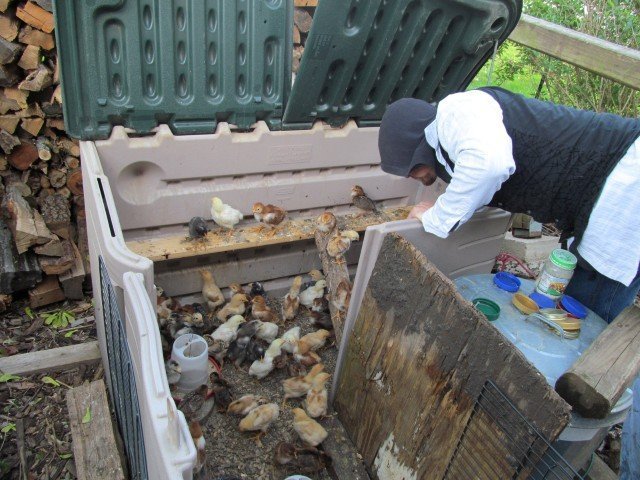
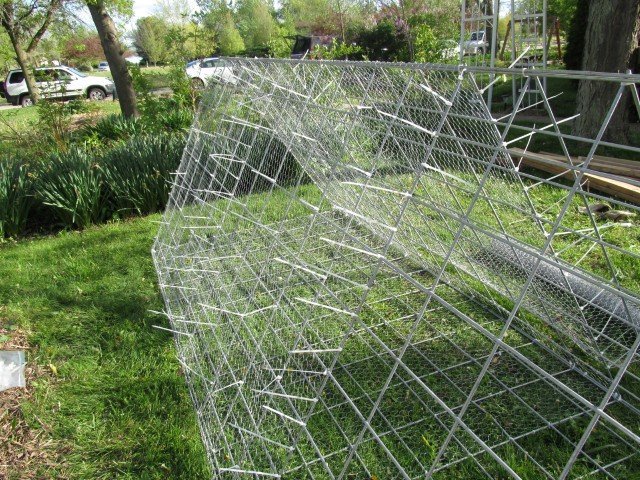
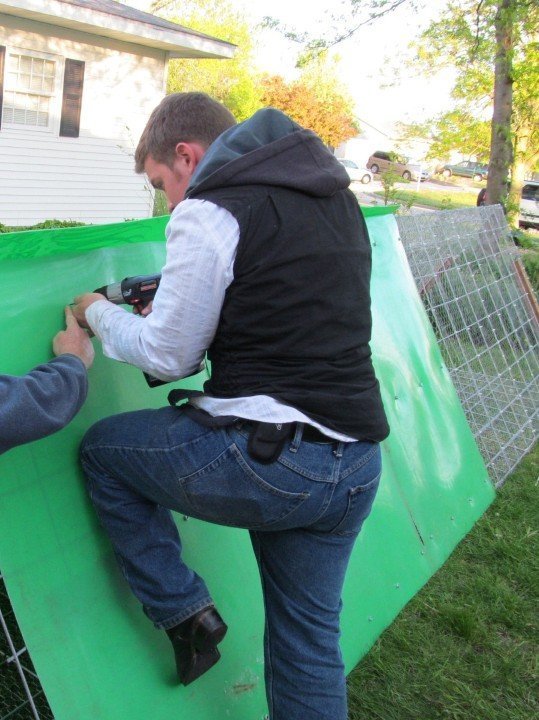


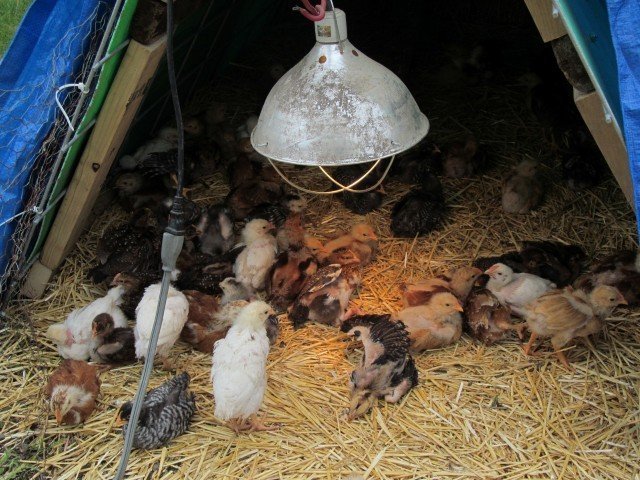

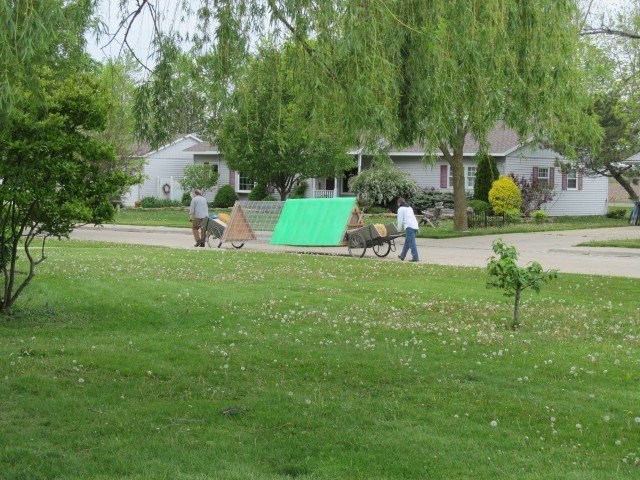

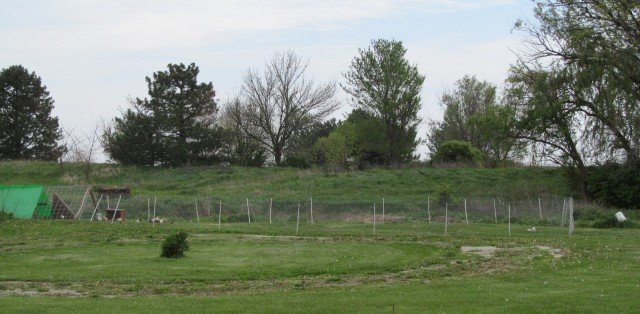
We’ll add some more pictures and summaries as our chicken journey continues… All for now… Bill

10 thoughts on “Chickens for the Orchard (Part 1)”
Thank you so much for sharing your coop design! We have a very similar design for our coop, but I wanted to share a word of caution about chicken wire, as we had a really bad experience with chicken wire and ended up losing all four of our chickens to raccoons.
We had backyard chickens in a chicken wire enclosure and raccoons were able to reach their hands inside through the wire to get to our chickens. Hardware cloth is a little more expensive than chicken wire, but has smaller holes and has done a much better job protecting our chickens since we redesigned the coop.
Really great comment Lindsay. I guess that once they snagged a chicken they could kill, dismember and eat the chicken through the wire? Wow. Crafty buggers.
Another item of note is rusting through. Chicken wire that is in constant contact with the ground will rust through in a couple of short years. For that reason we have the coop up on blocks for the winter. Thanks Lindsay… and good luck.
Bill,
You’re always one step ahead of me! Actually though I am trying to figure out a good design for an egg mobile for the orchard in the post-harvest through late spring seasons. Our organic certification restricts us from adding raw manure much past mid May, so having the chickens up there from June to early October won’t work for us logistically. I am hoping though that they’ll help clean up insect larvae and fungal innoculum during those “off-season” months – if there is such a thing.
PS Tell Hayden I said hello.
Hi Ryan!
Luckily our orchard isn’t public so we aren’t hindered by restrictions such as those. However when we do harvest apples for cider and preservation we shake them out of the trees onto tarps and then proceed to wash them in water with added hydrogen peroxide. Again though this is for our own use so we’re confident in our abilities to get a clean apple.
Great to hear from you. Tell yourself I say hello back.
Bill and Becky,
It’s wonderful to keep up with your doin’s in this way. I have a few backyard hens for eggs and enjoy them. Enright Ecovillage rolls right along with myriad projects. I am trying to establish an orchard/forest garden in conjunction with our CSA garden this year. Permaculture has become an important aspect of my life in many ways since I attended the course at Stelle. For life! Suellyn
Great to hear from you Suellyn! And very delighted to hear that things are progressing with your community initiative – Enright Ridge Ecovillage in Cincinnati. http://enrightecovillage.org/
And I understand about how permaculture has grown into your life. Permaculture is not about a set of skill or a bank of knowledge. It is about a way of looking and relating to the world around us. I’m loving my journey as well.
Thanks for the holler Suellyn. Best Always… Bill
Thanks for sharing this, Bill. I want to do something very similar on Abundant Blessings Permaculture Farm. In June, I’m heading to Cairo for four years before I can become a farmer in earnest, but I will get a vicarious thrill from your chickens in the orchard in the meantime.—Sharon
Good to hear from you Sharon. So, 4-years in Cairo then get into the simple life. Sounds like a good plan. Be save and be well.
Bill
I mean… be ‘safe’ and be well.
Someone asked about a concern about the small chicks actually worming their way through the chicken wire. For the first two weeks of their life they were all in a smaller enclosure and their little yard had a narrower fencing. At two weeks we had no problem.
Thanks for asking… Bill